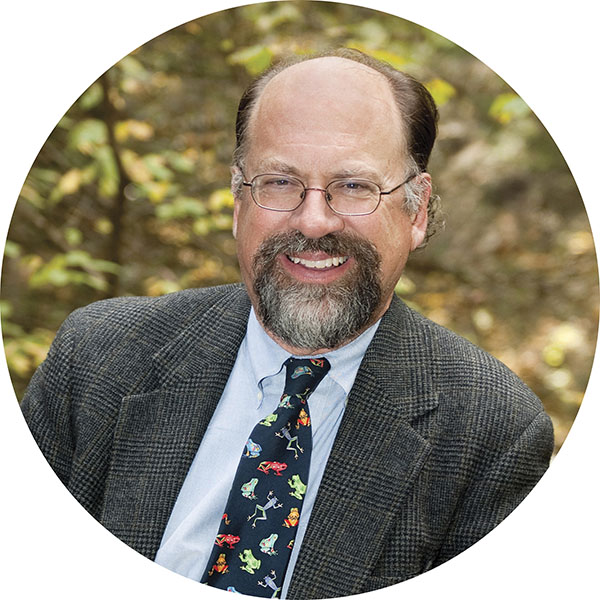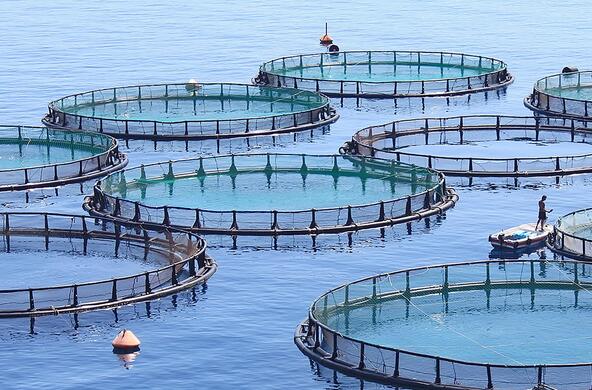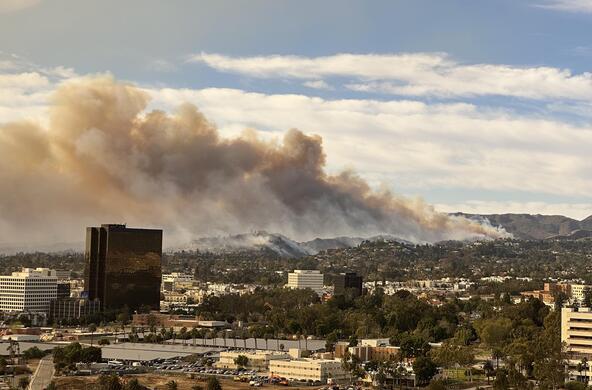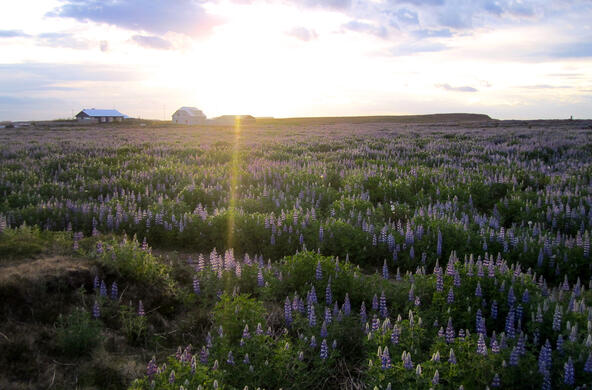Living in Maine, a state with legalized sale and use of marijuana, I’ve seen a proliferation of pot shops across the countryside. A lot of cannabis was used here before the new policy, but now we can expect that its use will be more open and prevalent.
It’s worth taking a moment to evaluate the potential impacts of increased use of marijuana across the nation. When it was illegal to grow it, marijuana was often cultivated in clandestine operations on public lands, often far from roads. Forest managers feared an increase risk of human-induced wildfires. Conservation biologist saw habitat fragmentation and pesticide use in sensitive habitats. Aquatic biologists feared lower water levels and higher nutrient levels from fertilizers in surface runoff. At least one survey has reported significant reductions in illicit fields of cultivation in forests of the Pacific Northwest with the decriminalization of marijuana.
Now that it is legal in many areas, there has been a huge shift towards cultivation in controlled conditions, such as greenhouses, increasingly at the corporate scale. In such conditions, fertilizers, pesticides, irrigation water, and growth enhancing substances can be used at optimized levels. Of course, artificial lighting replaces sunlight; at least one study more than a decade ago estimated that the cultivation of cannabis indoors accounted for 1% of electricity use in the United States. Marijuana is now big business.
Reduced direct impacts on nature are a potential ancillary benefit to the legalization of marijuana. Health impacts are a different story. A recent study found that emissions of fine particles in second-hand smoke from cannabis were two to six times greater than for tobacco. Of course, I don’t expect to see many “pack-a-day” marijuana smokers, but users can expect to inhale a significant quantity of harmful substances in smoke, while the rest of us may experience that in inadvertent second-hand smoke. Avoiding smoke may stimulate special demand for purified THC (delta-9-tetrahydrocannabinol) and its use in edibles.
All life style changes involve new impacts to our health and the environment—some good and some bad. Marijuana production by agribusiness will likely reduce direct impacts on nature, but increasing use of marijuana by the public is likely to expose everyone to higher levels of air pollutants.
I’m a joker
I’m a smoker
I’m a midnight toker
I sure don’t want to hurt no one
“The Joker,” Steve Miller Band, 1973
References
Butsic, V. and J.C. Brenner. 2016. Cannabis (Cannabis sativa or C. indica) agriculture and the environment: a systematic, spatially-explicit survey and potential impacts. Environmental Research Letters 11: doi 10.1088/1748-9326/11/4/044023
Carah, J.K., et al. 2015. High time for conservation: adding the environment to the debate on marijuana liberalization. BioScience 65: 822-829.
Gates, P., A. Jaffe and J. Copeland. 2014. Cannabis smoking and respiratory health: Consideration of the literature. Respirology 19: 655-662.
Klassen, M. and B.P. Anthony. 2019. The effects of recreational cannabis legalization on forest management and conservation efforts in US national forests in the Pacific Northwest. Ecological Economics 162: 39-48.
Mills, E. 2012. The carbon footprint of indoor Cannabis production. Energy Policy 46: 58-67.
Zhao, T., K.-C. Cheng, W.R. Ott, L. Wallace, and L.M. Hildermann. 2020. Characteristics of secondhand cannabis smoke from common smoking methods: Calibration factor, emission rate, and particle removal rate. Atmospheric Environment 242: doi 10.1016/j.atmosenv.2020.117731







